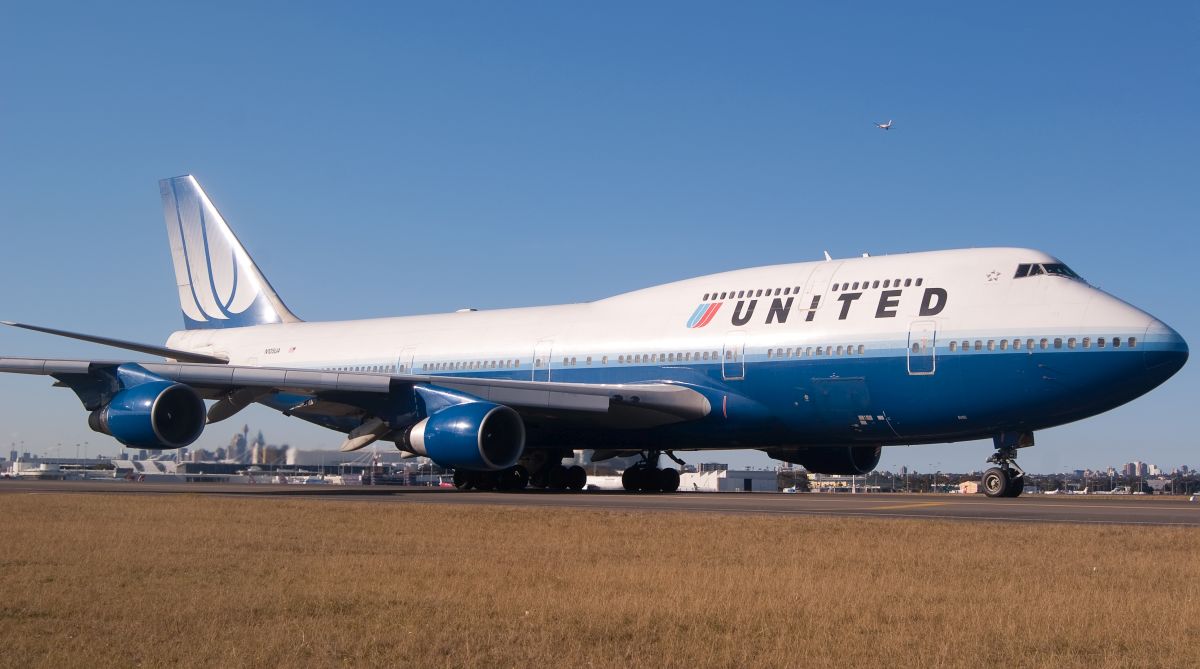Oct 16, 2020 On the new Boeing 777, 40 World Traveller Plus seats are distributed across five rows. This means that the aircraft has a 2-4-2 layout. While the outside seats will be best for couples, the middle seat block may seem a bit cozy to some. The Boeing 777 freighter is an efficient, long-range, and high-capacity freighter, powered by the world's most powerful commercial jet engine, the General Electric GE90-110B1.
Satellite images featuring grounded Air New Zealand aircraft have provided a glimpse into the impact the coronavirus pandemic has had on the global aviation sector.


Five Air New Zealand 777s, with their distinctive fern liveries, can be seen in Google Earth images of a plane graveyard in California's Mojave Desert.
When international air travel came to a near standstill in 2020 as a result of Covid-19 airlines grounded fleets and put planes into long term storage facilities in the dry heat of deserts, where they are less susceptible to corrosion.
In Air New Zealand's case it sent 15 Boeing 777s to long term storage facilities in New Mexico, California and Auckland.

READ MORE:
* First of eight Air NZ Boeing 777-200ERs departs for desert 'plane graveyard'
* Coronavirus: Air NZ extends Boeing 777 groundings as international recovery outlook worsens
* Coronavirus: Three Air New Zealand Boeing 777-300ERs flown to plane graveyard in US desert
Last year was the worst on record for the aviation industry due to the impact of the Covid-19 pandemic, with full year traffic down around two thirds on 2019.
And the International Air Transport Association isn't predicting 2021 will be much better with losses of US$39 billion (NZ$54b) forecast for the global industry over the year.
Satellite images show three Air New Zealand 777s parked at Victorville Southern California Logistics Airport surrounded by FedEx planes and a stone's throw from nine hibernating Qantas Airbus A380s.
Two more can be seen closer to the facility's operations centre.
The high desert facility is the same place Air New Zealand sent its retired Boeing 747-400s in 2014.
In September Air New Zealand said the 777s won't be coming out of storage until September at the earliest.

The airline indicated to analysts last year that its 777-200ERs were no longer needed. If that were the case they could be sold to an air freight company or turned into scrap and sold for parts.
New Boeing 777 200lr New Planes Delta
The grounding of its Boeing 777-200ER fleet alone resulted in a $338 million aircraft impairment charge, the airline said in August.

Five Air New Zealand 777s, with their distinctive fern liveries, can be seen in Google Earth images of a plane graveyard in California's Mojave Desert.
When international air travel came to a near standstill in 2020 as a result of Covid-19 airlines grounded fleets and put planes into long term storage facilities in the dry heat of deserts, where they are less susceptible to corrosion.
In Air New Zealand's case it sent 15 Boeing 777s to long term storage facilities in New Mexico, California and Auckland.
READ MORE:
* First of eight Air NZ Boeing 777-200ERs departs for desert 'plane graveyard'
* Coronavirus: Air NZ extends Boeing 777 groundings as international recovery outlook worsens
* Coronavirus: Three Air New Zealand Boeing 777-300ERs flown to plane graveyard in US desert
Last year was the worst on record for the aviation industry due to the impact of the Covid-19 pandemic, with full year traffic down around two thirds on 2019.
And the International Air Transport Association isn't predicting 2021 will be much better with losses of US$39 billion (NZ$54b) forecast for the global industry over the year.
Satellite images show three Air New Zealand 777s parked at Victorville Southern California Logistics Airport surrounded by FedEx planes and a stone's throw from nine hibernating Qantas Airbus A380s.
Two more can be seen closer to the facility's operations centre.
The high desert facility is the same place Air New Zealand sent its retired Boeing 747-400s in 2014.
In September Air New Zealand said the 777s won't be coming out of storage until September at the earliest.
The airline indicated to analysts last year that its 777-200ERs were no longer needed. If that were the case they could be sold to an air freight company or turned into scrap and sold for parts.
New Boeing 777 200lr New Planes Delta
The grounding of its Boeing 777-200ER fleet alone resulted in a $338 million aircraft impairment charge, the airline said in August.
Frequent flyer Christopher Walsh of Money Hub said he had flown on the 777s numerous times including a 777-200ER flight to Narita, Tokyo in January 2020, not long before coronavirus became a global emergency.
Boeing 777 Seating Chart
He said it was a sad sight to see them parked up in the desert.
'They're all boxed in there.
'I think it will be a while before we see them back, if ever.'
He said a generation of New Zealanders would have grown up travelling on those planes and in an instant they became redundant.
'This is our airline and now it's on a scrap heap.'
The 777-300ERs were once a daily sight in London and Los Angeles before the pandemic. Air New Zealand no longer flies to London and operates just two return services per week to Los Angeles using Boeing 787-9 aircraft.
'It's kind of the end of an era,' Walsh said.
Air New Zealand's 777 fleet was made up of four owned and four leased 777-200ERs, and four owned and three leased 777-300ERs.
The 777-300ERs started entering the airline's fleet in late 2010, five years after it took delivery of its first 777-200ER.
The airline secured purchase rights for both fleets in a 2004 deal.
The four 777-300ERs it bought had a combined list price of $1.4b but airlines usually negotiate substantial discounts and the actual amount paid by the airline was kept secret.
